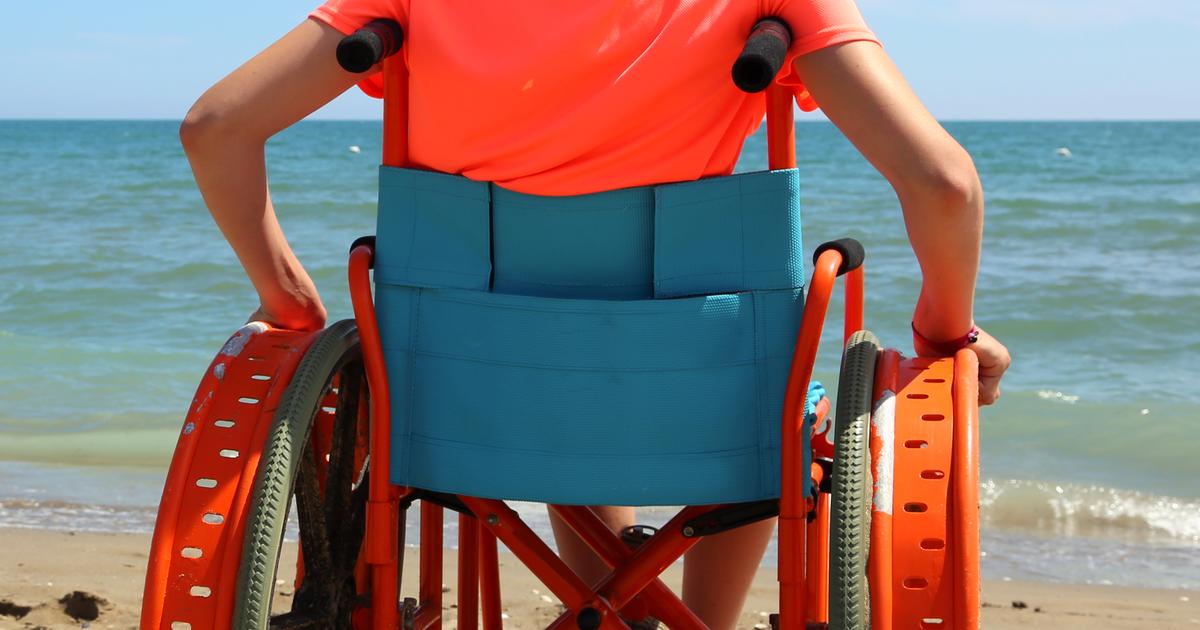Treatment Options For Muscular Dystrophy
Muscular dystrophy is the term for a group of diseases that progressively increase an individual's weakness and decrease their muscle mass. There are several different types of muscular dystrophy, and the symptoms, treatment, and outlook will vary depending on the type involved. Muscular dystrophy is caused by gene mutations that impede the proteins necessary for healthy muscle development.
The most common type of muscular dystrophy shows symptoms early in childhood, but there are adult-onset types as well. The unifying symptom of muscular dystrophy is muscle weakness that progresses. The age of onset, severity, and muscles affected all vary depending on the type of dystrophy. While muscular dystrophy doesn't have a cure, there are treatment options to slow the disease's progression and help with symptom management.
Certain Medications And Corticosteroids

Certain medications and corticosteroids, such as prednisone, can help patients manage symptoms of muscular dystrophy, and some might also slow the disease's progression. Corticosteroids are manufactured drugs that mimic the hormone cortisol, which is released by the adrenal gland and is an important part of multiple physical processes including bone formation, blood pressure regulation, inflammation, and metabolism. Corticosteroids can help increase or maintain muscle strength, delaying disease progression for some kinds of muscular dystrophy. They are generally not recommended for long term use, as this can lead to weakened bones and weight gain.
If the muscular dystrophy causes heart damage, beta-blockers or ACE inhibitors may help promote heart health. For Duchenne muscular dystrophy patients, the most common type, eteplirsen is the first medicine specifically FDA-approved for their condition. While this medicine isn't a cure, and it's new enough to need further data to establish effectiveness, it is possible it can increase muscle strength. It works by targeting the gene variants that are found in one out of every seven patients with Duchenne muscular dystrophy.
Use Of Walkers And Wheelchairs

The use of walkers and wheelchairs can help with muscular dystrophy. The type of mobility aid that works best for a patient will vary depending on their symptoms. Some individuals use multiple different mobility aids. Even when the disease affects the legs, many patients can walk to some degree for years. An affected individual might use a walker or a cane when they're walking short distances, but they may switch to a wheelchair for longer ones.
Many muscular dystrophy patients who use a wheelchair can walk or stand in some capacity, though this does not negate the need for a wheelchair. Mobility devices won't necessarily slow the disease's progression, and they may not reduce the presence of symptoms. But using mobility aids allows muscular dystrophy patients to maintain a greater level of independence. Mobility aids have a direct and significant impact on a patient's quality of life and general satisfaction with life.
